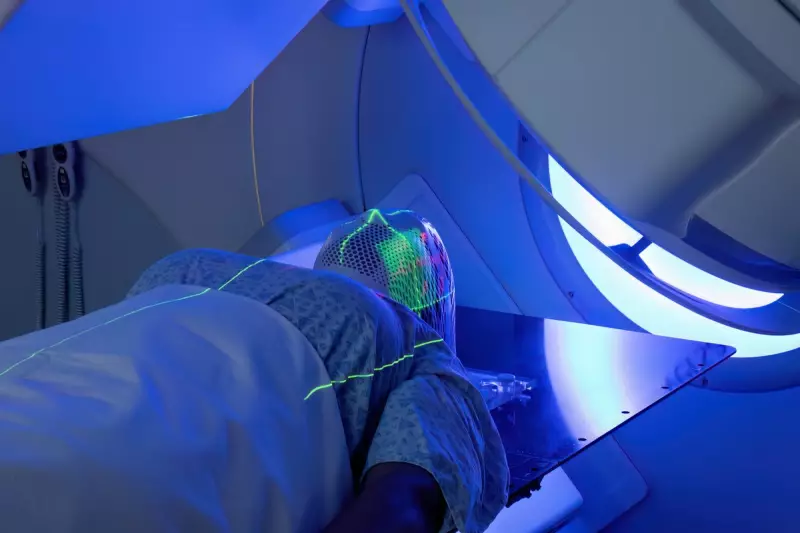
New Light-Based Cancer Therapy Could Transform Treatment
Cancer treatment may be on the verge of a revolutionary breakthrough as American researchers have developed an innovative light-based approach that could provide a safer alternative to traditional chemotherapy and radiotherapy. The new method combines near-infrared LED light with microscopic tin oxide flakes to selectively destroy cancer cells while leaving healthy tissue untouched.
This development comes at a crucial time when conventional cancer treatments continue to pose significant challenges for patients. Chemotherapy and radiotherapy remain essential tools in fighting cancer, but they often cause extensive damage to healthy cells, leading to exhaustion and long-term side effects that can severely impact patients' quality of life.
How the Light Treatment Works
The technology centres on photothermal therapy, which uses light to generate heat that specifically targets and eliminates cancer cells. Researchers have engineered nanoscopic flakes of tin oxide, known as SnOx nanoflakes, that efficiently absorb near-infrared light - a wavelength that can safely penetrate biological tissue without causing harm.
When illuminated by LED light, these nanoflakes act as microscopic heaters, generating sufficient warmth to disrupt cancer cell membranes and proteins, ultimately causing cell death. The process destroyed 92% of skin cancer cells and 50% of colorectal cancer cells within just 30 minutes during laboratory testing, while leaving healthy human skin cells completely unaffected.
What makes this approach particularly promising is its physical mechanism of action, which differs fundamentally from the chemical approach of chemotherapy. This means it can avoid the systemic side effects typically associated with conventional cancer drugs that circulate throughout the entire body.
LED Technology Makes Treatment Accessible
Traditional photothermal systems have relied on lasers because of their ability to focus light precisely deep within tissue. However, laser systems come with significant drawbacks - they can damage healthy cells, require expensive equipment, and are typically limited to specialised medical facilities.
The research team's innovation replaces lasers with light-emitting diodes (LEDs), which emit a gentler, broader spectrum of light. LED systems produce more uniform heating and are far less likely to burn or harm healthy tissue. They're also considerably less expensive and portable, making them suitable for clinical use and potentially even home-based treatments in the future.
The selectivity demonstrated in laboratory studies makes the technique especially promising for cancers like melanoma and basal cell carcinoma that can be treated directly through light exposure. Such precision is rare among photothermal technologies, which often risk damaging surrounding healthy tissue.
Future Applications and Accessibility
The research team envisions compact LED devices that could be applied directly to the skin after surgical tumour removal to destroy any remaining cancer cells and reduce recurrence risk. For example, after removing a melanoma, a patch-like LED device could deliver focused light to activate the nanoflakes at the surgical site.
This type of portable, home-based treatment could make post-surgical cancer care safer and more convenient, reducing dependence on frequent hospital visits. The approach also opens doors to combination therapies, where photothermal treatment could make cancer cells more vulnerable to other forms of therapy like immunotherapy or targeted drugs.
The accessibility potential represents one of the most exciting aspects of this work. Because LED-based devices are inexpensive to manufacture and simple to operate, they could be used in low-resource regions where access to advanced cancer care is currently limited. This could democratise advanced treatment by extending it beyond major hospital centres.
Safety advantages are equally significant. Unlike chemotherapy, which damages rapidly dividing healthy cells throughout the body, and radiotherapy, which can harm normal tissue causing fatigue and scarring, photothermal therapy confines its effects to the illuminated site. The treatment produces no systemic toxicity, no cumulative organ damage and minimal discomfort.
The next step involves translating these laboratory findings into preclinical studies and, eventually, human trials. While substantial work remains, LED-driven photothermal therapy could represent a fundamental shift in how we treat cancer, making therapies more precise, affordable and humane. With continued development, light - one of nature's simplest energies - could become a powerful medical tool for selectively destroying tumours without harming healthy tissue.





